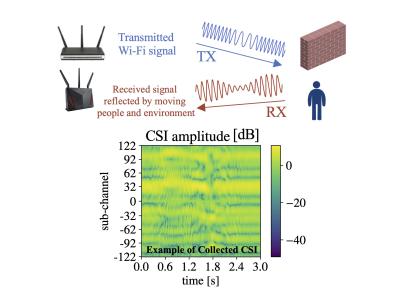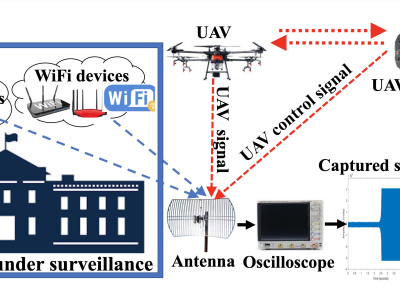Energy-Efficient Task Offloading Under E2E Latency Constraints

- Citation Author(s):
- Submitted by:
- Mohsen Tajallifar
- Last updated:
- DOI:
- 10.21227/w5tv-yz53
- Data Format:
- Research Article Link:
 859 views
859 views
- Categories:
- Keywords:
Abstract
In this paper, we propose a novel resource management scheme that jointly allocates the transmit
power and computational resources in a centralized radio access network architecture. The network
comprises a set of computing nodes to which the requested tasks of different users are offloaded. The
optimization problem minimizes the energy consumption of task offloading while takes the end-to-end latency, i.e., the transmission, execution, and propagation latencies of each task, into account. We aim to
allocate the transmit power and computational resources such that the maximum acceptable latency of
each task is satisfied. Since the optimization problem is non-convex, we divide it into two sub-problems,
one for transmit power allocation and another for task placement and computational resource allocation.
Transmit power is allocated via the convex-concave procedure. In addition, a heuristic algorithm is
proposed to jointly manage computational resources and task placement. We also propose a feasibility
analysis that finds a feasible subset of tasks. Furthermore, a disjoint method that separately allocates
the transmit power and the computational resources is proposed as the baseline of comparison. A lower
bound on the optimal solution of the optimization problem is also derived based on exhaustive search
over task placement decisions and utilizing Karush–Kuhn–Tucker conditions. Simulation results show
that the joint method outperforms the disjoint method in terms of acceptance ratio. Simulations also
show that the optimality gap of the joint method is less than 5%.
Instructions:
Notes on the simulation files:
DTO.m simulates the disjoint task offloading (DTO) method in the manuscript. This file receives the following parameters as its inputs:
1. Number of single-antenna users, which is equal to the number of tasks
2. Maximum acceptable latency of tasks
3. Ratio of RAN latency to the maximum acceptable latency
4. Computational load of each task
5. Data size of each task
After receiving the parameters, DTO.m executes the disjoint method and returns the outputs as in the following:
1. Acceptance Ratio
2. Radio Transmission latency of all tasks
3. Propagation latency of all tasks
4. Execution latency of all tasks
JTO.m simulates the joint task offloading (JTO) method in the manuscript. This file receives the following parameters as its inputs:
1. Number of single-antenna users, which is equal to the number of tasks.
2. Maximum acceptable latency of tasks
3. Computational load of each task
4. Data size of each task.
After receiving the parameters, JTO.m executes the disjoint method and returns the outputs as in the following:
1. Acceptance Ratio
2. Radio Transmission latency of all tasks
3. Propagation latency of all tasks
4. Execution latency of all tasks.







